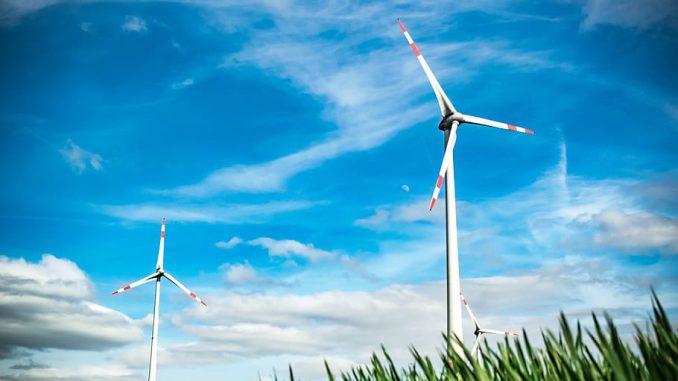
A new report reveals that wind speeds are now excessively increasing after three decades of slowdown. With average wind turbines producing 17% of energy in 2017, the report found that current trends continued to 2024, wind turbines could generate 37% more power than they do today.
The research, published in Nature and conducted by a team from Princeton University, has argued that changes in temperature and pressure in the world’s oceans and atmosphere are among other things determining wind speeds on Earth. The faster the wind in the world, the more energy it generates.
A new study led by researchers at Princeton University found that between 1978 and 2010, wind speeds dropped by about 2.3% per decade, but things started to shift in 2010. Between 2010 and 2017, they increased by about 7%. This means that the average wind power produced 17% more energy in 2017 than in 2010.
The findings, based on Monday’s report, were based on data analysis of more than 1,400 meteorological stations in mid-latitude countries mainly in North America, Europe and Asia.
Scientists have argued that vegetation levels and urbanization are the main factors affecting land wind speeds. Researchers argue that wind speeds are actually driven by ocean and atmospheric oscillations, which in the simplest terms represent changes in temperature and pressure. Ocean oscillations have long been cited as the decisive force for marine wind speed, but by comparing changes in land wind speeds with well-documented ocean shifts, researchers have found that ocean shifts can also be behind wind speeds on land.
The results are valuable for the wind energy sector, especially as wind speed trends tend to evolve over decades. The report said wind speeds “bodes well for the expansion of large-scale and efficient wind power generation systems” and found that if current trends continue, wind energy will increase by more than 37% in 2024.
The examination of ocean and atmospheric fluctuations can help companies predict future wind speeds and thus ” allow optimization of turbines for expected speeds during their productive life spans.” This is especially true since the researchers noted that while wind speeds are expected to rise in the near term, in the long run they can reverse again and become slow.
Because these findings are relatively new, the researchers were quick to note that wind patterns would have to be monitored in order to advance their conclusions.




Be the first to comment